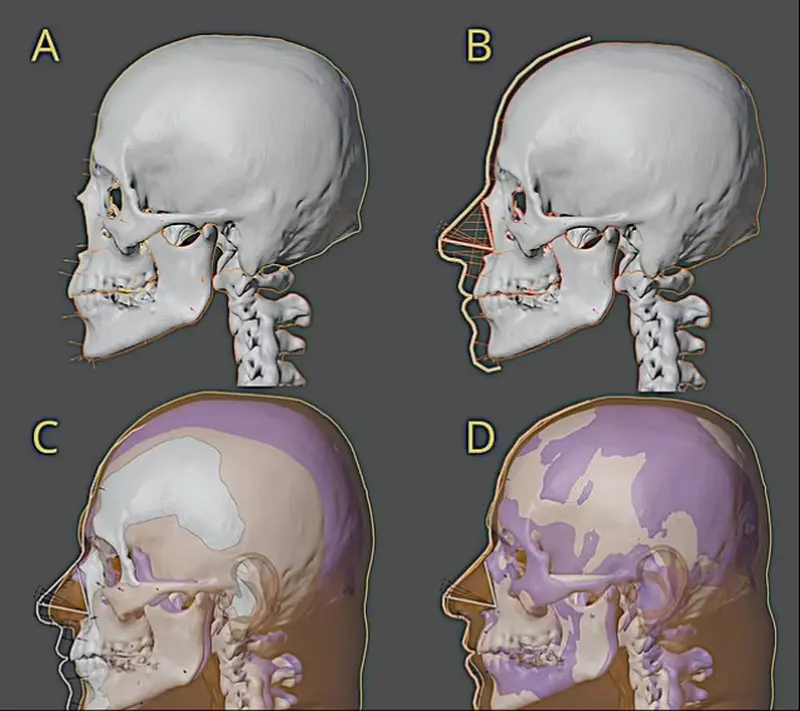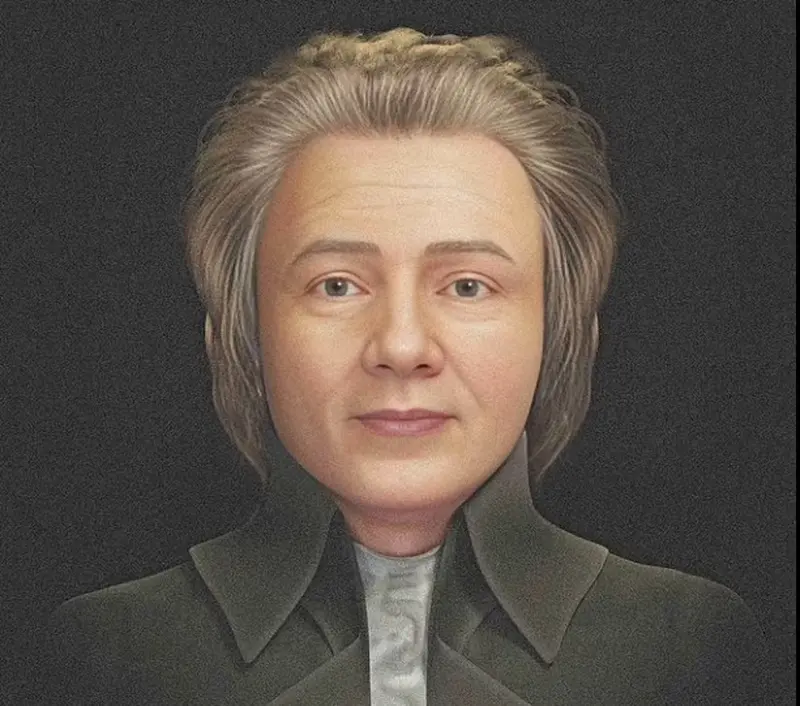An international team of researchers has recreated the appearance of the famous Austrian composer and virtuoso musician. Wolfgang Amadeus Mozart (1756-1791). It remained a mystery until now.
Most portraits of the composer were painted after his death. The few surviving images from his lifetime do not provide a complete picture of what Mozart looked like in adulthood. In some, he is depicted as a child, while the accuracy of others is questionable.
In 1962, the German musicologist Alfred Einstein wrote: “No earthly remains of Mozart have survived, except for a few pitiful portraits, none of which are identical.”
The mystery is solved.
A renowned Brazilian expert in forensic medicine. reconstruction 3D designer Cicero Moraes has recreated many faces of well-known individuals who have long since passed away. “Our team has been working on facial reconstruction for over ten years, consistently assisting forensic police and continually reconstructing the appearances of historical figures,” Moraes noted.
He accidentally discovered Mozart’s skull while working on another project. Together with his team, Moraes decided to recreate the composer’s appearance, writes Daily Mail .
“The skull was in good condition, although the lower jaw was not preserved and some teeth were missing. However, in the end, they were able to reconstruct it along with the complete skull using statistical data and anatomical consistency,” the expert said.

The team started working on virtual recovery. skulls Then they used various techniques to create a complete reconstruction. According to Moraes, the scientists “used markers of soft tissue thickness, which helped to gain insight into the boundaries of the skin on the face, as well as to project structures such as the nose, ears, lips, and so on.” These indicators, as Moraes noted, were based on measurement data from hundreds of adult Europeans.
To obtain the most complete picture, scientists also used the technique of anatomical deformation, adjusting the head of the virtual donor to match the parameters of Mozart’s skull.
“After comparing all the data, we ended up with a basic bust, which we supplemented with hair and period clothing,” said the expert. Ultimately, the finished face had a “refined” appearance, he added.

What else did Cicero Moraes talk about?
According to Cicero Moraes, the most famous portrait of Mozart was painted by Barbara Kraft in 1819. This was 28 years after his death.
One of the important lifetime portraits of the composer was the unfinished canvas from 1783 by Joseph Lange. This work was described by Mozart’s wife, Constanze, as “undoubtedly his best likeness.” By the way, the reconstructed face of the composer by Moraes’ team most closely resembles this portrait.
The expert said: “Only after the bust was completed did we compare it with these images. The result was entirely consistent with both works.”
What is known about the skull of the composer? Ten years after Mozart’s death, it was retrieved from a mass grave in Vienna by the gravedigger Joseph Rothmayer. After that, the skull changed hands several times, and in 1902 it was donated to the Mozarteum in Salzburg.
Moraes claims that “the skull has characteristics that correspond to the composer’s lifetime portraits.” The Brazilian believes he was fortunate to reconstruct the appearance of such a famous figure. “I am a great lover of classical music, I listen to it almost every day, and Mozart is in my playlist,” said the expert.
The international team of Cícero Moraes included: archaeologists Michael Gabicht and Olena Varotto from Flinders University (Australia), Luca Sineo from the University of Palermo (Italy), Tiago Beaini from the University of Uberlândia (Brazil), Francesco Maria Galassi from the University of Łódź (Poland), and Jiří Šindelář from the GEO-CZ company for cultural heritage preservation (Czech Republic).
The results of the study were published by the journal Anthropological Review.
